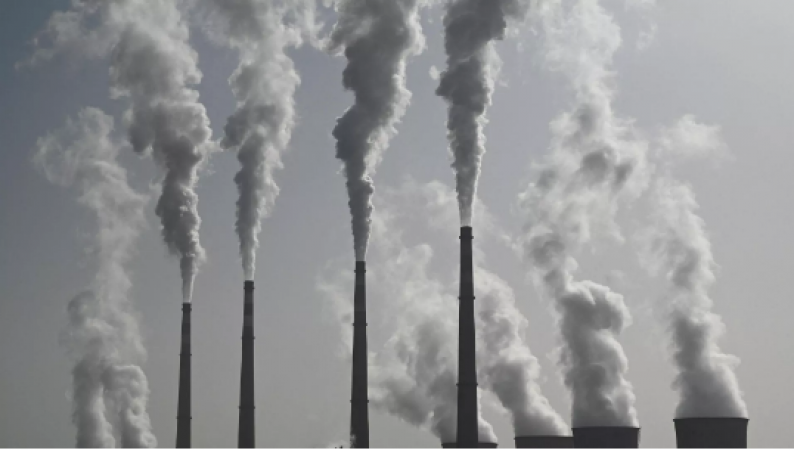
China: China's National Development and Reform Commission (NDRC) announced in March a target-plan to produce 200,000 tons of "green hydrogen" annually by 2025, as well as reduce annual carbon dioxide emissions by one to two million tons.
China's "green hydrogen" facility, which is currently being built in Xinjiang, will help reduce the country's carbon emissions by about 500,000 tons annually, according to state broadcaster CCTV.
The factory in Kuka, in the south of the region, will be one of the largest projects of its kind worldwide. It will generate electricity from renewable energy sources such as solar and wind power to split water into its two nuclear components, oxygen and hydrogen.
The average wind speed in Xinjiang province is 8.92 meters per second. To address energy shortages in the country's most densely populated areas, hydrogen can be liquefied and pumped through natural gas pipelines.
The factory is being built by China as part of its plan to reduce carbon dioxide emissions, the world's largest emitter of greenhouse gases. With its Carbon Peaking Initiative, the nation has resolved to significantly reduce the intensity of carbon emissions. To replace "gray hydrogen", which relies on the use of fossil fuels, a "green hydrogen" facility is built to produce 20,000 tons of this clean energy each year.
The broadcaster said more than 630 hectares (1,560 acres) of space would be covered by solar panels.
According to another Sinopec manager, Ling Yikun, the country's petroleum industry is projected to "replace gray hydrogen with green hydrogen, creating a market with a size of more than 100 billion yuan (US$14.8 billion)".
According to Li Bo of the National Energy Administration, hydrogen fuel batteries have benefits such as higher performance and longer operating range when used in vehicles. One kilogram of hydrogen, he continued, can produce as much heat as four liters (one gallon) of gasoline. In addition, as it is used more frequently, the associated cost will decrease.
Chinese President Xi Jinping announced in 2020 that his country would work to achieve carbon neutrality before 2060 and peak carbon dioxide emissions before 2030, promoting green and low-carbon transportation and technology, among other things. by encouraging progress.
Dai Jianfeng, deputy chief engineer of the Electric Power Planning Design General Institute, commented on the plan unveiled by Beijing earlier this month to boost the production of green hydrogen:
Experts have welcomed the idea of China's west using excess energy, converting it to hydrogen, and moving it through natural gas pipelines to address energy shortages in its eastern regions.
Sinopec President Ma Yongsheng stressed the importance of the initiative to set up a major hydrogen energy company
China is building the largest "green hydrogen" industry in the world
Chinese scientist making waves in the field of water purification
Hong Kong Palace Museum to support repatriating cultural heritage